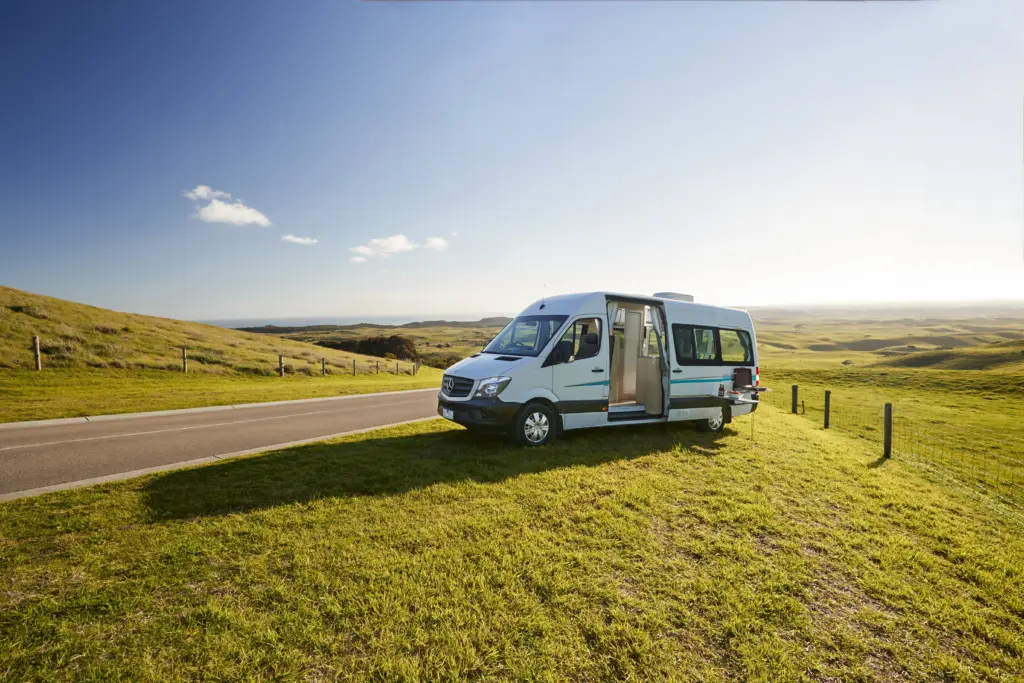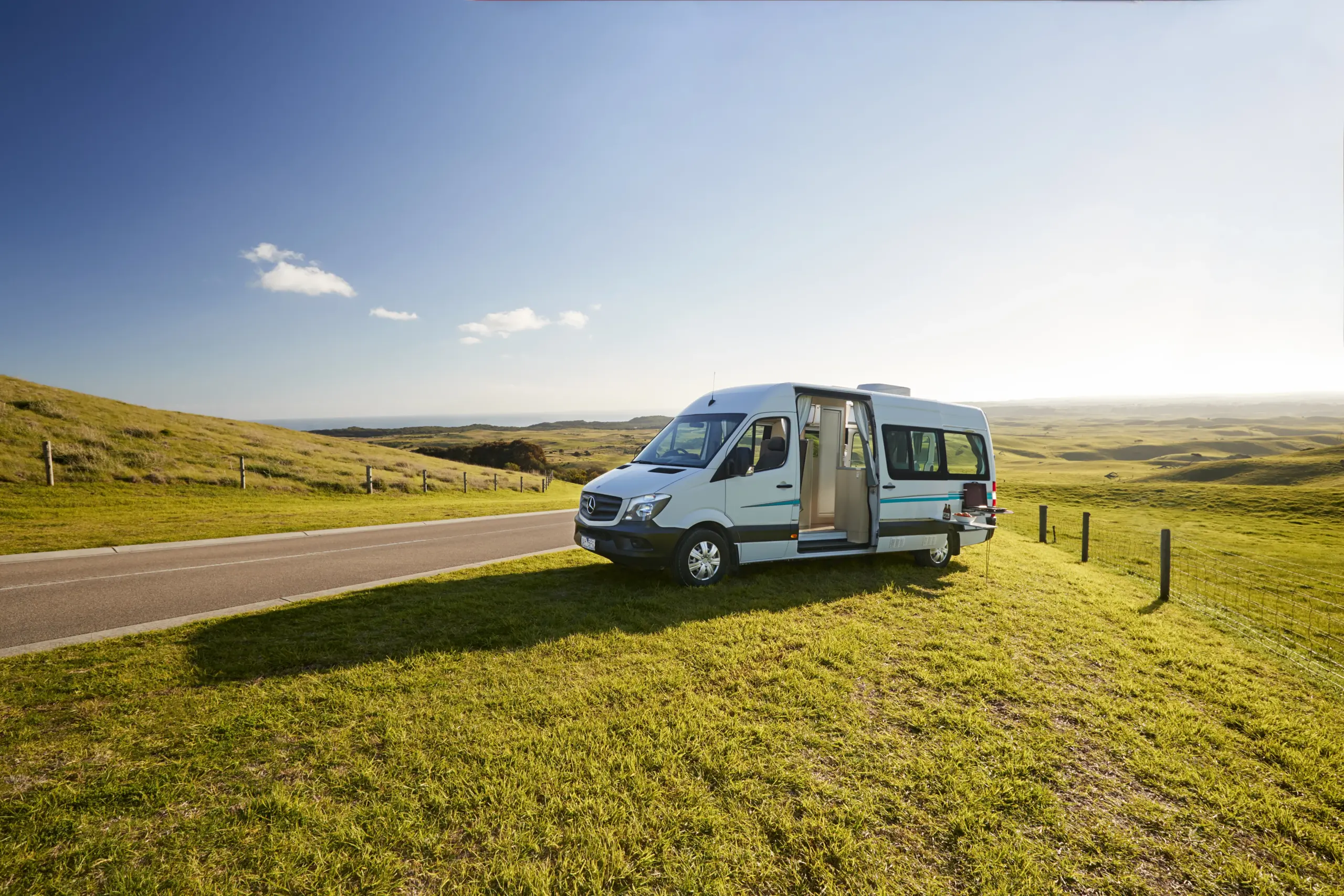
The Ultimate Guide to Buying a Motorhome: Top Features to Consider for Smart Investments
Motorhomes have surged in popularity, offering freedom and adventure without sacrificing the comforts of home. Whether you’re an experienced traveler or a first-time buyer, investing in a motorhome can be a significant decision. This comprehensive guide will help you navigate the process, focusing on the top features to consider for a smart investment.
Understanding Motorhome Types
Before diving into features, it’s essential to understand the various types of motorhomes available:
1. Class A Motorhomes
These are the largest and most luxurious options, often resembling buses. They offer ample living space, full kitchens, and high-end amenities, making them ideal for families or those who plan to spend extended periods on the road.
2. Class B Motorhomes
Also known as camper vans, Class B motorhomes are compact and easy to drive. They are perfect for solo travelers or couples looking for a simpler, more agile option.
3. Class C Motorhomes
Class C models are characterized by their cab-over design and are usually smaller than Class A but larger than Class B. They often feature more sleeping space, making them a great choice for families.
4. Travel Trailers
While technically not motorhomes, travel trailers are towed behind vehicles and offer similar amenities. They can be an excellent option for those who want a larger living space without the driving challenges of a larger motorhome.
Key Features to Consider
When investing in a motorhome, several key features should guide your decision-making process. Here’s a breakdown of the most important aspects to evaluate.
1. Size and Layout
Space Requirements: Determine how many people will typically travel with you. Larger families may need more sleeping areas and living space, while solo travelers or couples can opt for smaller models.
Floor Plans: Review various floor plans to find a layout that suits your lifestyle. Consider factors like kitchen size, bathroom facilities, and storage options.
2. Weight and Towing Capacity
Gross Vehicle Weight Rating (GVWR): Ensure that the motorhome’s weight is within your vehicle’s towing capacity if you plan on towing a trailer or a vehicle.
Driving and Handling: Larger motorhomes can be more challenging to drive. Test the handling and maneuverability to ensure you’re comfortable operating the vehicle.
3. Engine and Performance
Engine Type: Most motorhomes use either gas or diesel engines. Diesel engines typically offer better fuel efficiency and longer lifespan, but they can be more expensive initially.
Horsepower and Torque: A motorhome’s engine should provide adequate power for your travel needs, especially if you plan to drive through mountainous areas.
4. Fuel Efficiency
Fuel costs can significantly impact your travel budget. Look for motorhomes with better fuel efficiency ratings. Consider how engine type and weight affect overall fuel consumption.
5. Comfort and Amenities
Living Space: Evaluate seating arrangements and sleeping options. Consider whether you prefer a pull-out sofa, foldable beds, or fixed beds.
Kitchen Facilities: A well-equipped kitchen with a stove, refrigerator, and sink is essential for extended trips. Look for additional features like microwaves and dishwashers.
Bathroom Facilities: Decide between a full bathroom with a shower or a wet bath. Consider privacy and convenience when choosing your bathroom setup.
6. Storage Solutions
Storage is crucial for comfortable travel. Look for:
- Exterior Storage Compartments: Useful for keeping bulky items like camping gear or bicycles.
- Interior Cabinets and Closets: Assess the amount of accessible storage for clothing, kitchenware, and personal items.
- Under-Bed Storage: Many motorhomes feature storage underneath beds, maximizing space efficiency.
7. Electrical and Water Systems
Battery Capacity: Check the quality and capacity of the batteries. Solar panel systems can also be a great investment for off-grid travel.
Freshwater and Waste Systems: Evaluate the size of the freshwater tank and waste storage. Larger tanks are beneficial for long trips away from hookups.
8. Climate Control
Heating and Cooling Systems: Depending on your travel locations, adequate heating and cooling systems are essential. Look for air conditioning units and efficient heating options.
Insulation Quality: Well-insulated motorhomes are more comfortable in extreme temperatures. Check insulation ratings, particularly in the roof and walls.
9. Safety Features
Braking System: Ensure that the motorhome has a reliable braking system, especially if it’s a larger model.
Driver Assistance Features: Many modern motorhomes come with features like rearview cameras, blind-spot monitoring, and lane-keeping assistance, enhancing safety on the road.
10. Connectivity Options
Wi-Fi and Internet Access: Look for motorhomes equipped with Wi-Fi hotspots or satellite internet options, especially if you plan to work remotely while traveling.
Entertainment Systems: Consider built-in entertainment features like TV, sound systems, and connectivity options for streaming services.
11. Build Quality and Materials
Construction: Research the materials used in the construction of the motorhome. Lightweight materials may enhance fuel efficiency, while durable materials improve longevity.
Warranty and Support: A strong warranty can provide peace of mind. Check what is covered and for how long, as well as the availability of customer support.
Financial Considerations
1. Budgeting for Your Purchase
Determine a realistic budget that includes not just the purchase price but also registration, insurance, maintenance, and fuel costs. Consider the potential for depreciation over time.
2. Financing Options
Explore financing options through banks, credit unions, or dealer financing. Look for favorable interest rates and loan terms that fit your financial situation.
3. Insurance Costs
Motorhome insurance can vary widely. Obtain quotes from different providers and consider coverage types like liability, collision, and comprehensive coverage.
Maintenance and Upkeep
1. Regular Maintenance
Factor in the costs and responsibilities associated with regular maintenance. This includes oil changes, tire rotations, and inspections.
2. Seasonal Preparations
If you plan to store your motorhome during off-seasons, learn about winterizing procedures to prevent damage.
3. DIY vs. Professional Help
Evaluate your own skills for minor repairs and maintenance. Familiarizing yourself with basic motorhome upkeep can save money in the long run.
Tips for First-Time Buyers
1. Research and Reviews
Take the time to research various brands and models. Read reviews and seek recommendations from fellow RV enthusiasts.
2. Attend RV Shows
Visiting RV shows can provide hands-on experience with different models and brands. You can often find discounts and special offers at these events.
3. Test Drive
Never purchase a motorhome without a test drive. Assess comfort, visibility, and handling before making a decision.
4. Negotiate the Price
Don’t hesitate to negotiate the price. Many dealers expect negotiations, and you might be able to secure a better deal.
5. Join an RV Community
Engaging with an RV community can provide valuable insights and support. Many enthusiasts are willing to share their experiences and advice.
Conclusion
Buying a motorhome can open up a world of adventure and exploration. By considering the essential features outlined in this guide, you can make a smart investment that meets your needs and enhances your travel experiences. Take your time, do your research, and remember that the right motorhome can be a lifelong companion on the open road. Whether you’re planning weekend getaways or cross-country journeys, the freedom of the open road awaits!
